El Sol, La Luna, y Las Estrellas en los Andes
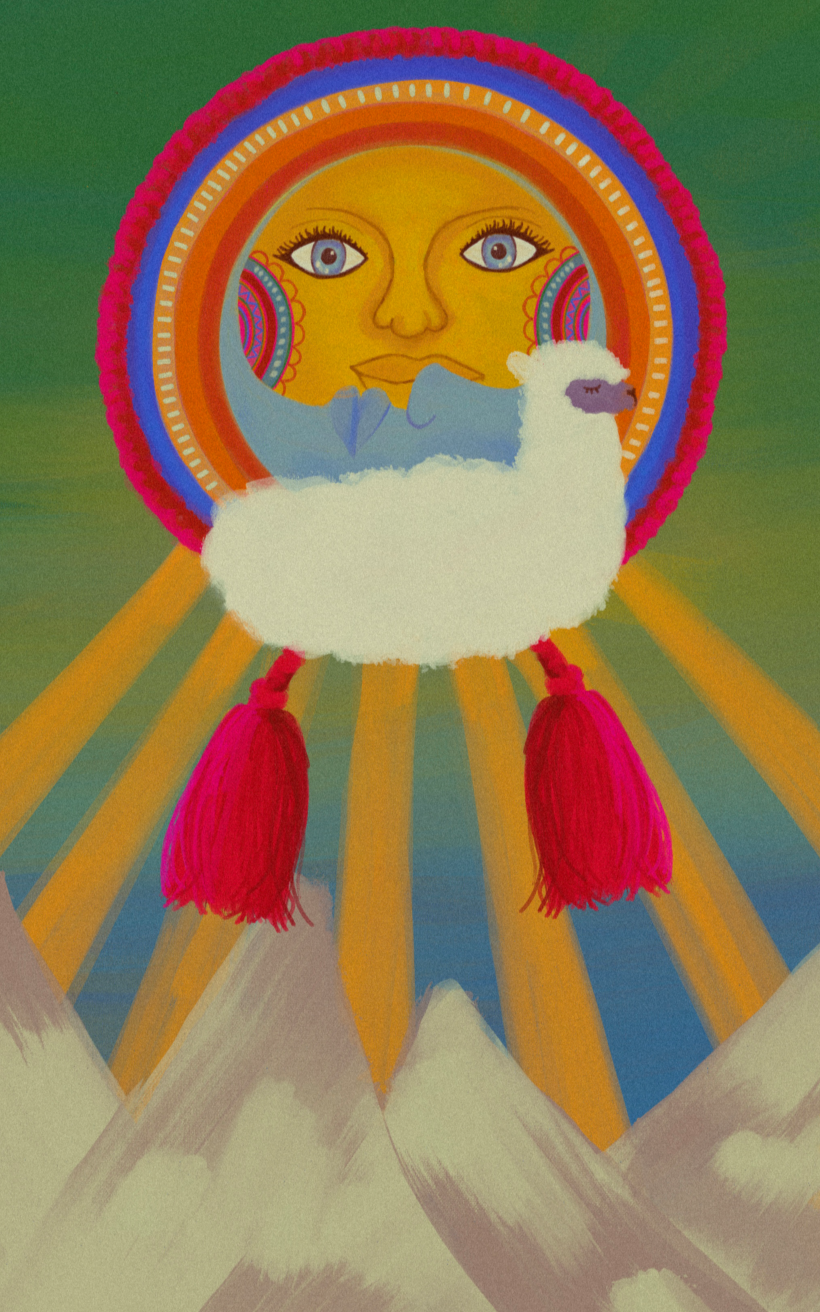
Visual by: Haven Jovel Morales
The Andes mountains, which span Venezuela, Colombia, Ecuador, Peru, Bolivia, Chile, and Argentina, are home to vibrant Andean communities with rich cultural festivals. Many of these festivals celebrate the Pacha Mama, or the Andean Mother Earth, and express gratitude for the environment and its fertility. These celebrations represent an important part of Andean identity and worldview, that centers around community and care for the earth.
Inti Raymi / La Fiesta del Sol
Inti Raymi or La Fiesta del Sol, is originally an Incan festival, believed to have been initiated in 1430 by Pachacútec, an Incan Emperor who expanded the Incan Empire to Cusco. In establishing this yearly festival, Pachacútec aimed to show gratitude for important figures of Incan culture, including, the Pacha Mama, and Inti, the god of the sun. Although the main focus of Inti Raymi was to honor these important Incan figures, Pachacútec also felt that the festival would help him establish control over the Incas’ newly acquired territorio cuzqueño.
Inti Raymi came to be one of the most prominent celebrations of Incan times, but upon the arrival of Spanish colonists, the festival was classified as pagan and subsequently banned. Despite this, Andean communities sustained the tradition by continuing their celebrations in private. This persistence led the Spanish to accept Inti Raymi to some degree, although they attempted to Christianize the festival by merging it with the celebration of Corpus Christi, a Catholic celebration that occurs around the same time of year. Upon the arrival of Spanish colonialism in the Andes, the blending of Indigenous and Catholic traditions became common, and can be noted in other Andean celebrations.
Today, around the time of the winter solstice (late June), Inti Raymi and Corpus Christi are celebrated alongside each other in Andean communities, such as in Cusco, Peru and Cuenca, Ecuador. In smaller Andean communities, locals mix Catholic and Andean traditions in their Inti Raymi celebrations, but some key features include: la Toma de la Plaza, dancing, rituals, and traditional clothing. La Toma de la Plaza, or the “taking of the square” is a particularly significant aspect of modern-day Inti Raymi celebrations, as it symbolizes Indigenous resistance against colonialism, as Indigenous people take ownership over the public square, which is a symbol of power.
Kolla Raymi / La Fiesta de la Luna
Kolla Raymi or La Fiesta de la Luna is another important festival in modern Andean tradition, especially in the Ecuadorian Andes. Kolla Raymi’s origins can be traced back to pre-Incan times, as the Cañari people who resided in what is now known Ecuadorian Andes, may have celebrated it. Although it is unclear if the festival is of Cañari or Incan origin, the focus on celebrating the moon aligns with the fact that Cañari society was matriarchal and followed a lunisolar calendar. Kolla Raymi is celebrated at the September equinox, which marks the start of a new agricultural season and, along with Inti Raymi, is a part of the four Andean celebrations of equinoxes and solstices that occur throughout the year.
Mercedes Sisa, the vice president of the Federación Indígena y Campesina de Imbabura, describes that the festival is a time to ask the Pacha Mama for permission to begin the new agricultural season. Others state that it is a time to celebrate the work that has gone into preparing the land and celebrate “Mama Killa” (Madre Luna/Mother Moon) such that she will allow for good harvests. In addition to the significance of the festival in terms of agriculture, Sisa and others describe that the festival is a time to honor Indigenous women, as the Killa Mama is a representation of fertility. For Sisa, and likely many others, the festival also serves as a way to stay connected to her roots by honoring her ancestors and keeping traditions alive.
Qoyllur rit’i / The Lord of the Snow Star
Qoyllur rit’i, or the Lord of the Snow Star, is a three day pilgrimage that takes place in Sinakara, a sacred peak of the Andes mountains. Although the festival is believed to have originated in pre-colonial times, modern celebrations represent the blending of Indigenous Andean and Catholic traditions. In pre-colonial times, this festival celebrated the “reemergence of the constellation Pleiades in the sky.” From the Catholic perspective, Qoyllur rit’i celebrates a miracle where—in summary—a somewhat mysterious child disappeared and left a tayanka bush, which is a figure of the crucified Christ, in his place and an image of Christ on the rock he was standing on. To commemorate this event, a chapel, the Temple of the Lord of Qoyllur rit’i was built around this rock and the site became a holy place.
Today, Qoyllur rit’i brings hundreds of thousands of Quecha and Aymara people, as well as other Peruvians and tourists to Sinakara every May/June. Upon arrival, pilgrims are met with hundreds of vendors selling food, drink, and religious products The next morning, pilgrims greet the sun, a tradition that likely has Incan origin, and begin “unending dances,” processions, and pilgrimage, stopping along the way to take part in rituals associated with specific locations. One of the core traditions of the festival is when the ukukus, or the “spiritual mediators between humans and the sacred world of the high mountain peaks,” climb up the mountain to collect some snow. During this ritual, ukukus dress in traditional clothing that mimics the appearance of an Andean bear, emphasizing the Indigenous influence of the festival’s traditions.
Through understanding these celebrations, we can begin to understand the relationship Indigenous Andean people had with the sun, the moon, and the stars, as well as how Spanish colonialism impacted Indigenous practices. Today, Indigenous Andean communities continue to keep these festivals alive as a way to honor their ancestors and the world around them.

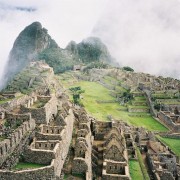
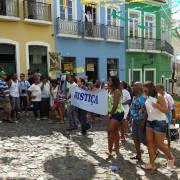

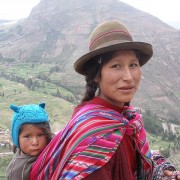
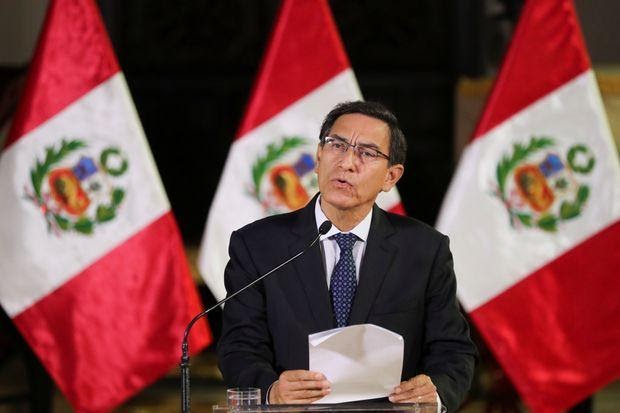
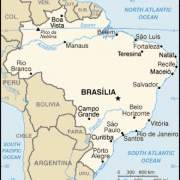

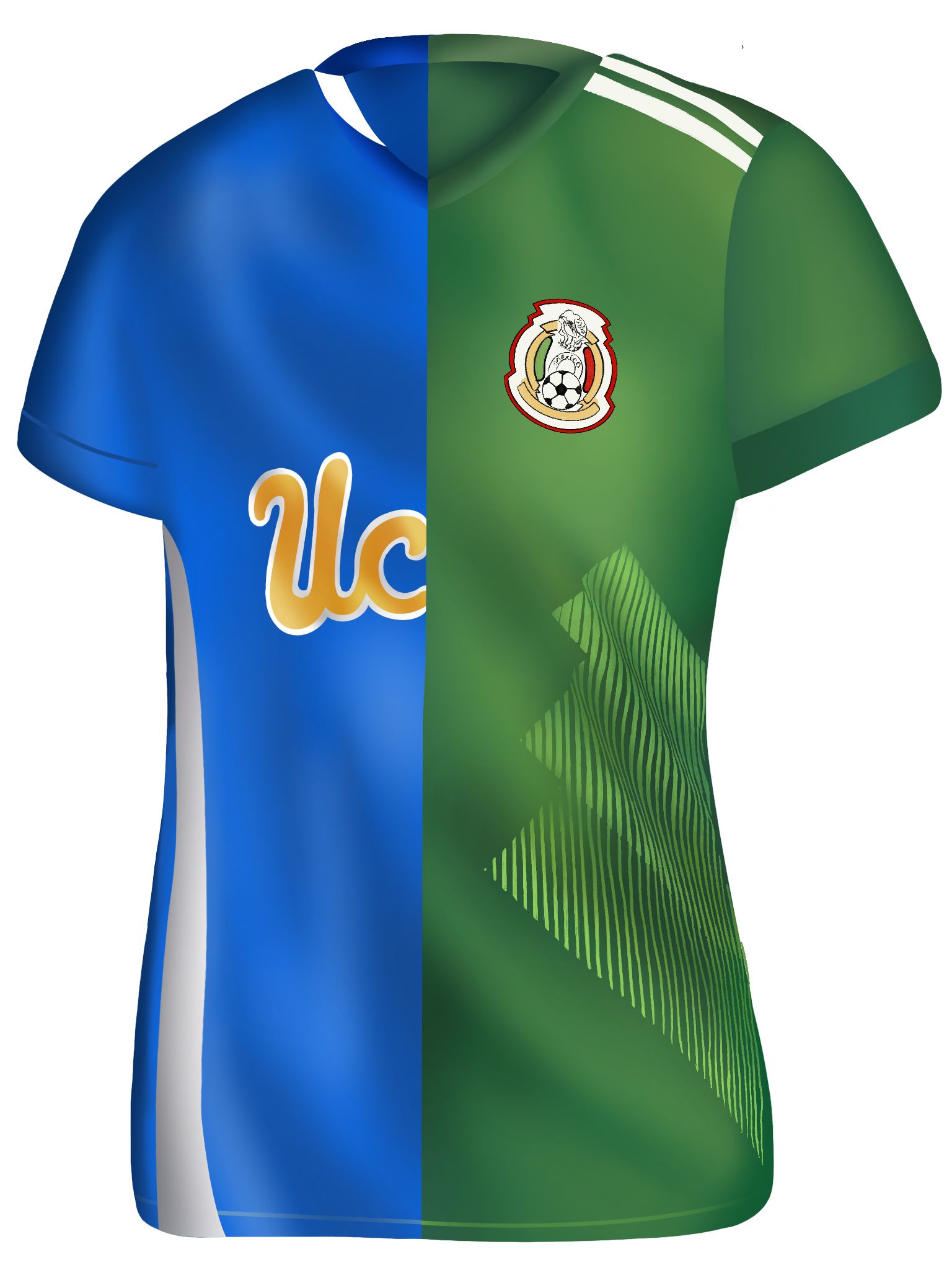
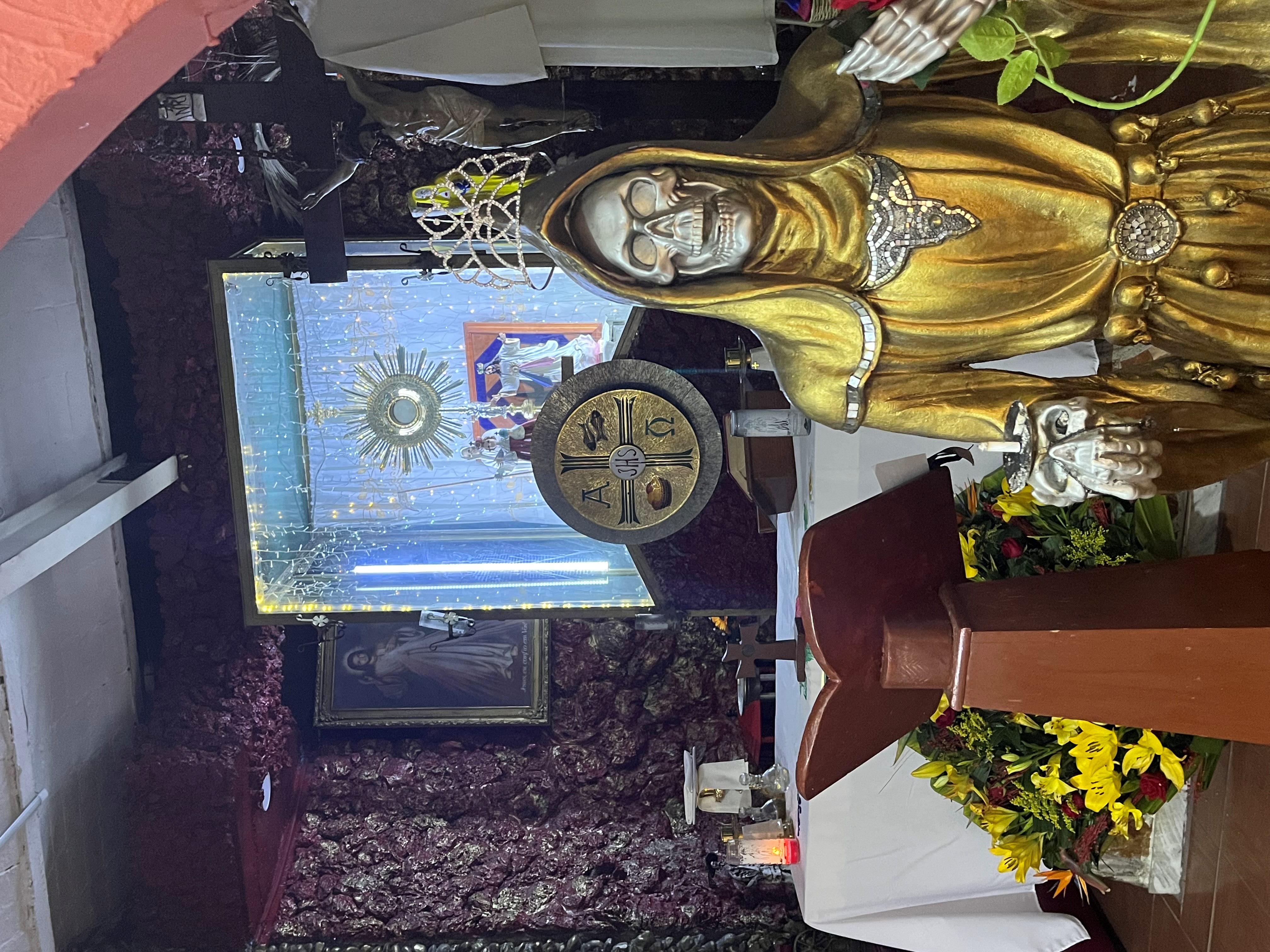
Leave a Reply
Want to join the discussion?Feel free to contribute!